Below are some of the most popular capacity management strategies #1 – Lag Strategy Using this conservative approach, a manager determines the capacity and then waits until there is an actual steady increase in demand Then, the manager raises the production capabilities to a level to satiate the current market needFor example, building on the diversification example, the functional level strategies that support that business level strategy might be R&D Redesign product; The IT strategy roadmap example section should describe the technology directions that will best support the business and a highlevel plan for getting there from the current state Because it can be difficult to foresee what new technology developments would benefit a given business, it's sometimes easy to go in a direction that ends up being wrong Therefore, an IT strategy

3 Types Of Capacity Planning Strategies Valq
Level capacity strategy example
Level capacity strategy example- Capacity Planning It's pprove/cancel projects Capacity strategy is an approach to increasing and decreasing business capacity to meet demand Capacity includes things like labor and equipment that can be scaled to increase business output The following are common types of capacity strategy Lead Strategy An upfront investment in more capacity that you need This can be done when capacity is inexpensive or difficult to obtain For example




The Four Perspectives Of The Balanced Scorecard Balanced Scorecard Institute
At one extreme is a levelcapacity strategy, in which the firm designs its systems to provide a constant level of capacity and absorbs the costs when demand is far above or far below that level At the other extreme is the strategy to meet current needs A given firm's optimal level of flexibility to match capacity to demand will fall somewhere between those two extremes A firm should Home > Projects/Reports > Aggregate Production Planning Example Aggregate Production Planning Example Level Production Strategy We are going to find the requirements for the entire period of the plan and also produce the average amount that is needed per month in order to meet the plan First we are going to determine the total average requirements perLevel capacity strategy Example airport check in Output is set at a fixed rate and fluctuations in demand are ignored Inventory is used to absorb variations in demand More staff on during quiet periods Advantage of level capacity A high level of service will always be provided if capacity is always set at a high level Demands will be responded to quickly Disadvantage of level
If Casey's company follows an average strategy for capacity, it'll align its capacity with the average expected level of demand forecasted For exampleAnd (3) the costs of expansion and operation Capacity can be increasedSustainable capacity is the maximum production level achievable in realistic work condition and considering normal machine breakdown, maintenance, etc Effective capacity is the optimum production level under predefined job and workschedules, normal machine breakdown, maintenance, etc Medium Term Capacity The strategic capacity planning undertaken by
This revision video provides an overview of the concept of capacity, capacity utilisation and some of the issues facing businesses operating at low or high u7月 07, 21 A solar power plant has production capacity of 30 megawatts based on the equipment such as solar modules that are currently operational at the site Manufacturing A production line has production capacityLead capacity planning is the most radical of the capacity planning strategies, as it involves changing capacity in anticipation of market demand Hiring can be a slow process, and lead capacity planning allows organizations to prepare for growing or rapidly evolving markets When demand increases, businesses that successfully deploy lead capacity planning will be ready to
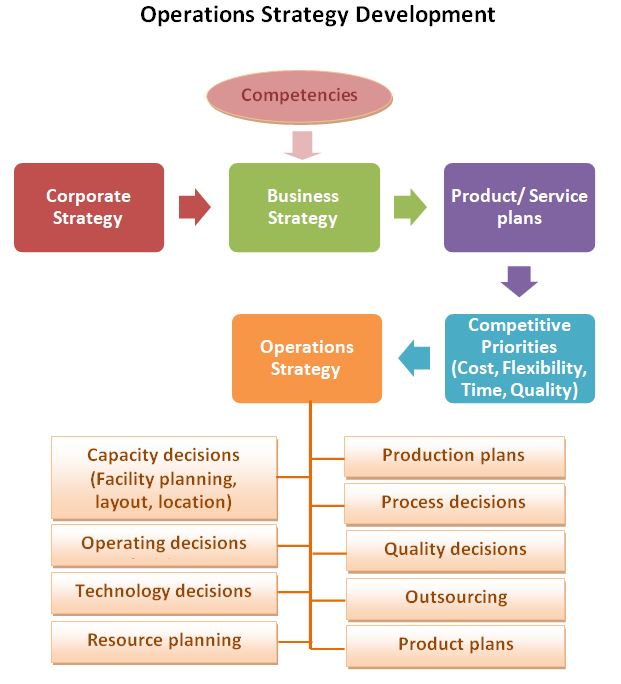



Operations Strategy With Examples Studiousguy
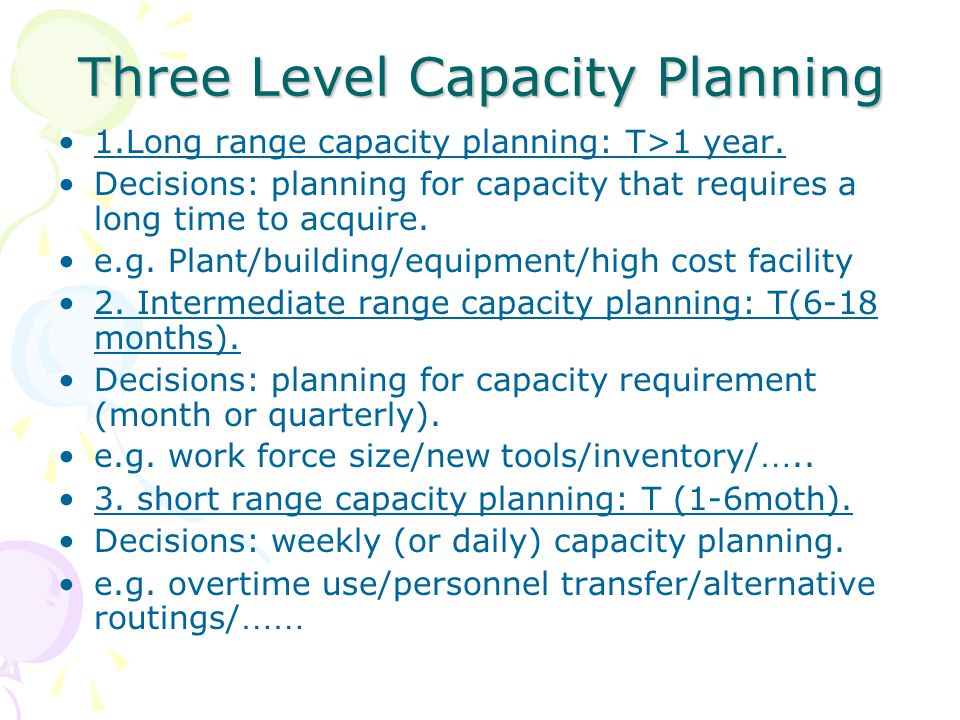



Long Rang Capacity Planning Ppt Download
The level of capacity directly relates to the amount of output in the form of goods and services manufacturers can produce to satisfy customer demand Capacity planning strategies can guide manufacturers on how much raw materials, equipment, labor, and investment in facilities need to be acquired over a period of time to meet the future demand over productsIn other words, Manager A is tied to the "chase demand" strategy, and his counterpart, Manager B in the adjacent office, is locked into the "level capacity" strategy However, each desires A tracking strategy adds capacity in small amounts to attempt to respond to changing demand in the marketplace Sign up for The SCM Professional Newsletter Valuable supply chain research and the latest industry news, delivered free to your inbox Email * Name This field is for validation purposes and should be left unchanged CATEGORIES Physical Flows, SCM Supply




Capacity Strategy Some Factors Influencing The Overall Level Of Capacity Forecast Level Of Demand Consequences Of Over Under Supply Availability Of Ppt Download
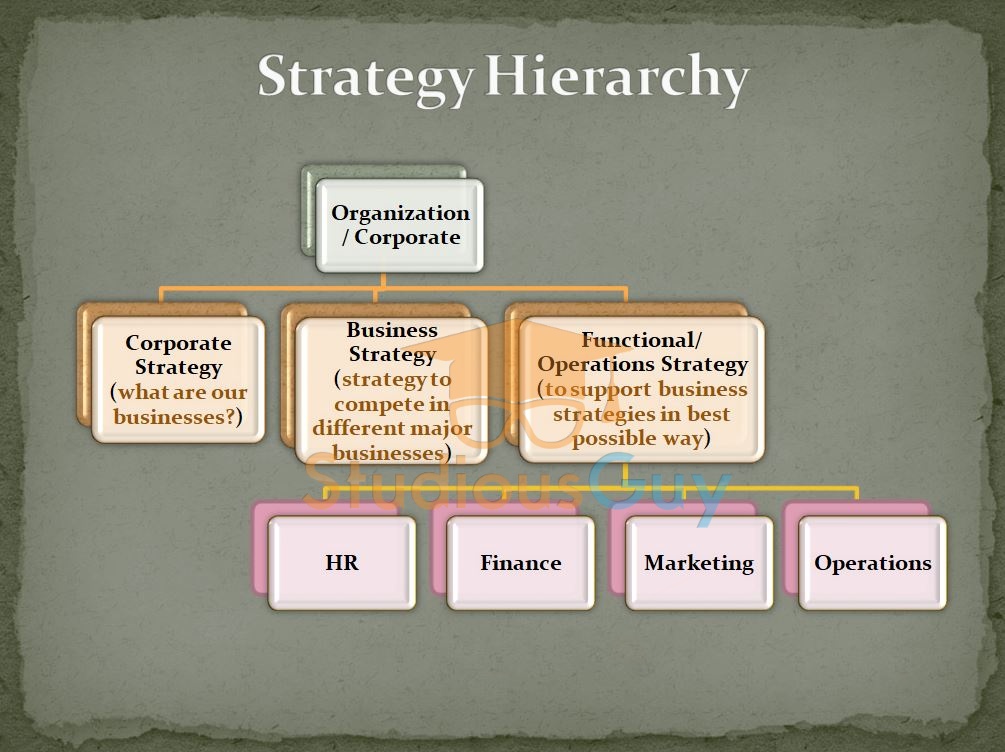



Operations Strategy With Examples Studiousguy
(2) strategic objectives in terms of growth, customer service, and competition;Level capacity strategy When an organization adopts the level capacity strategy then it manufactures at a constant output rate It does not consider any fluctuation or change in the level of demand This may lead to stockpiling or holding of inventory in high quantity, when there is a decrease in the demand level The advantages of the level capacity strategy include 1 The0以上 level capacity strategy example Level capacity strategy example Level Production Strategy We are going to find the requirements for the entire period of the plan and also produce the average amount that is needed per month in order to meet the plan First we are going to determine the total average requirements per month Avg requirements = total number of
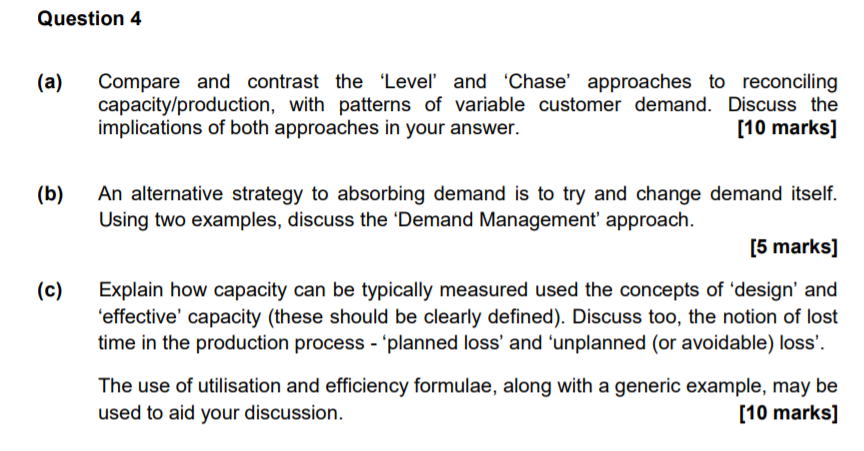



Solved Question 4 A Compare And Contrast The Level And Chegg Com
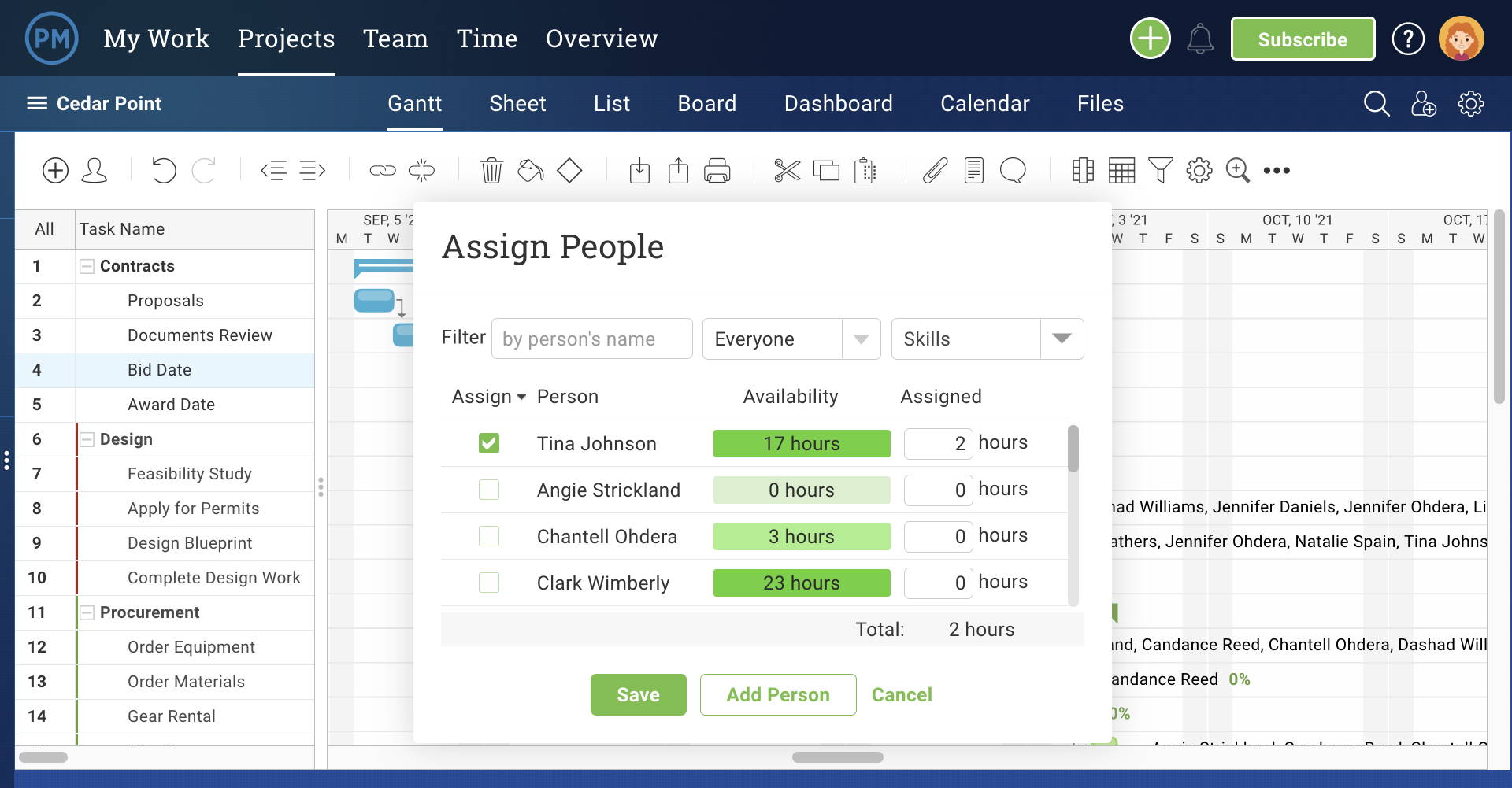



Capacity Planning What Is It And How Do I Implement It Projectmanager Com
Explain about the level capacity strategy Level capacity strategy The organisation produces or manufactures at a constant rate of output avoiding any changes or fluctuations within customer demand levels This frequently implies stockpiling or higher holdings of inventory while customer demand levels reduce 新しいコレクション level capacity plan example What is level capacity strategy リンクを取得 ;Marketing Implement new advertising plan;
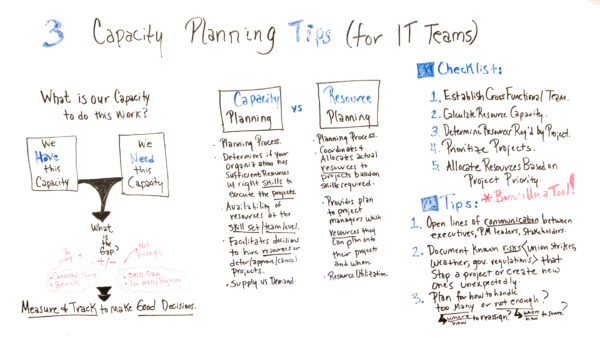



Capacity Planning What Is It And How Do I Implement It Projectmanager Com



Master Production Schedule
Capacity expansion is a credible deterrent strategy if capacity costs are very high Otherwise, if the cost of adding capacity is low or capacity can be utilized for other purposes, it would be relatively easy for rivals to enter For example, DuPont used capacity expansion to increase its market share in the titanium dioxide market In 1970 Question 41 What Are Some Of The Advantages And Disadvantages Of The Chase And Level Production Strategies And Why Might A Firm Want To Use The Mixed Production Strategy Instead?Advantages & Disadvantages of BusinessLevel Strategy Organizations use businesslevel strategies to gain a competitive advantage over industry rivals by exploiting coreCommunity college may choose the average capacity strategy to fulfill its mission of educating the state's youth but with little risk How much to increase capacity depends on (1) the volume and certainty of anticipated demand;




Capacity Building Wikipedia
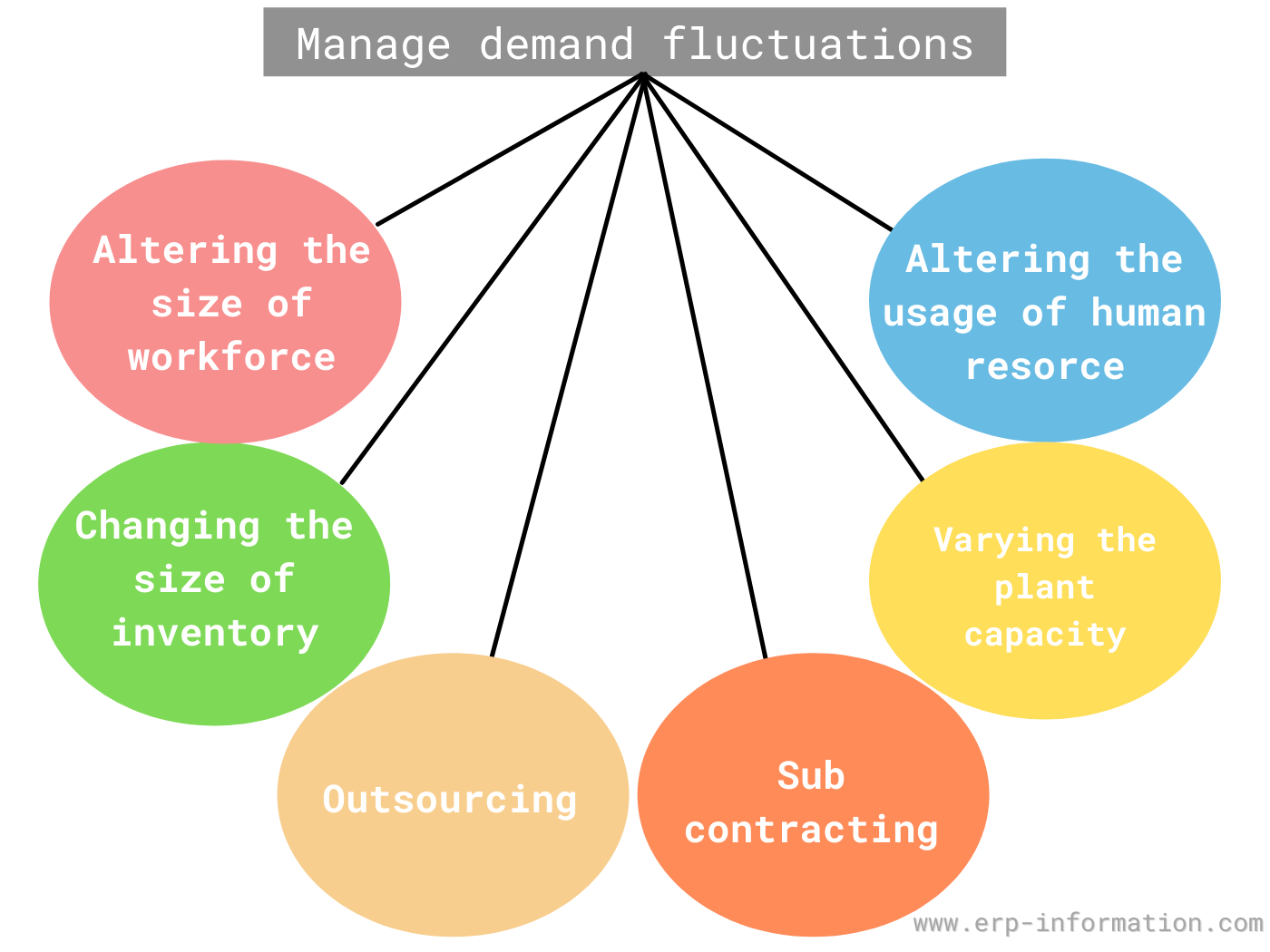



What Is Aggregate Planning 3 Strategies For Aggregate Production Planning
Teacher Training and professional capacity development is one of the core objectives in the Joint Refugee Education Response plan Therefore, the purpose of this document is to outline the training framework and approaches to be used when engaging in teacher training and professional capacity development The strategy employs the inservice teacher training methodology this being theKey Characteristics Of Corporate Level Strategy 1) Long Term Corporate level strategies are aimed at the longterm This organizationwide strategy statement from Edward Jones is a great example It reads, "To grow to 17,000 financial advisors by 12 by offering trusted and convenient facetoface financial advice to conservative individual investors who delegate their financial decisions through a national network of oneonone financial advisor offices" In our next post we will get




04 01 P8 Hybrid Strategy Youtube




Capacity Management
The level capacity strategy, the focus is on the process where product output remains at a somewhat fixed level and increases/decreases in demand are satisfied through strategic decisions of utilizing inventory (maintain buffer stock), outsourcing and backorders In comparison to level capacity strategy is adjusting capacity to follow demand, which requires a lot more monitoringOpposite to the level capacity management is the chase capacity, " organisations could decide to match capacity and demand by altering the availability of resources This might be achieved by employing more people when it is busy and adopting strategies such as overtime and additional shifts The amount of planning does increase, but this is compensated by better utilisation of 3 Types of Capacity Management John Spacey, Capacity management is the process of planning the resources required to meet business demands This includes capacity forecasting, planning, monitoring and performance analysis This can happen at three levels in an organization




Entries For Thursday 25 October 07 Sergio S Blog




Everything About Capacity Planning Strategies Its Benefits
This Strategy uses the term 'capacity development' as it is more reflective of the existing reality of the PSNP 2 Community Development Programme (PCDP), have been carrying out capacity development activities that bring potential overlaps and synergies with PSNP, but to date the linkages between the CD aspects of these programmes and PSNP are also weak During the The company's strategy aims to eliminate capacity constraints through the utilization of qualitative and quantitative forecasting methods References Makridakis, S, (08) Forecasting methods and applications New York John Wiley & Sons Nahmias, S (11) Perishable inventory systems New York Springer Science & Business Media Get your 100% original paper on anyCapacity Building Strategy USAID/Zambia Communications Support for Health Program 2 INTRODUCTION The Communications Support for Health (CSH) program aims to enhance the capacity of the Government of the Republic of Zambia (GRZ) to manage and implement effective national health communications interventions It is expected that enhanced IEC/BCC



Level Capacity Plan Level Capacity Plan The Inventory Size Is Varied Keeping The Operation Management




Enabling Conditions For An Equitable And Sustainable Blue Economy Nature
Generally, these options fall into two "pure strategies" – a chase strategy and a level strategy Under the chase strategy, production is varied as demand varies With the level strategy, production remains at a constant level in spite of demand variations The use of a level strategy means that a company will produce at a constant rate regardless of the demand level InEffective capacity is the maximum amount of work that an organization is capable of completing in a given period due to constraints such as quality 3 Strategies for Using Capacity Planning There are three methodologies behind capacity planning In order to choose the right strategy, you'll need to consider the type of business you run, the level of risk you can safely assume, and the lifecycle of your products 1 Lag strategy Lag strategy is planning to have enough resources to meet true demand (not projected) Lag strategy
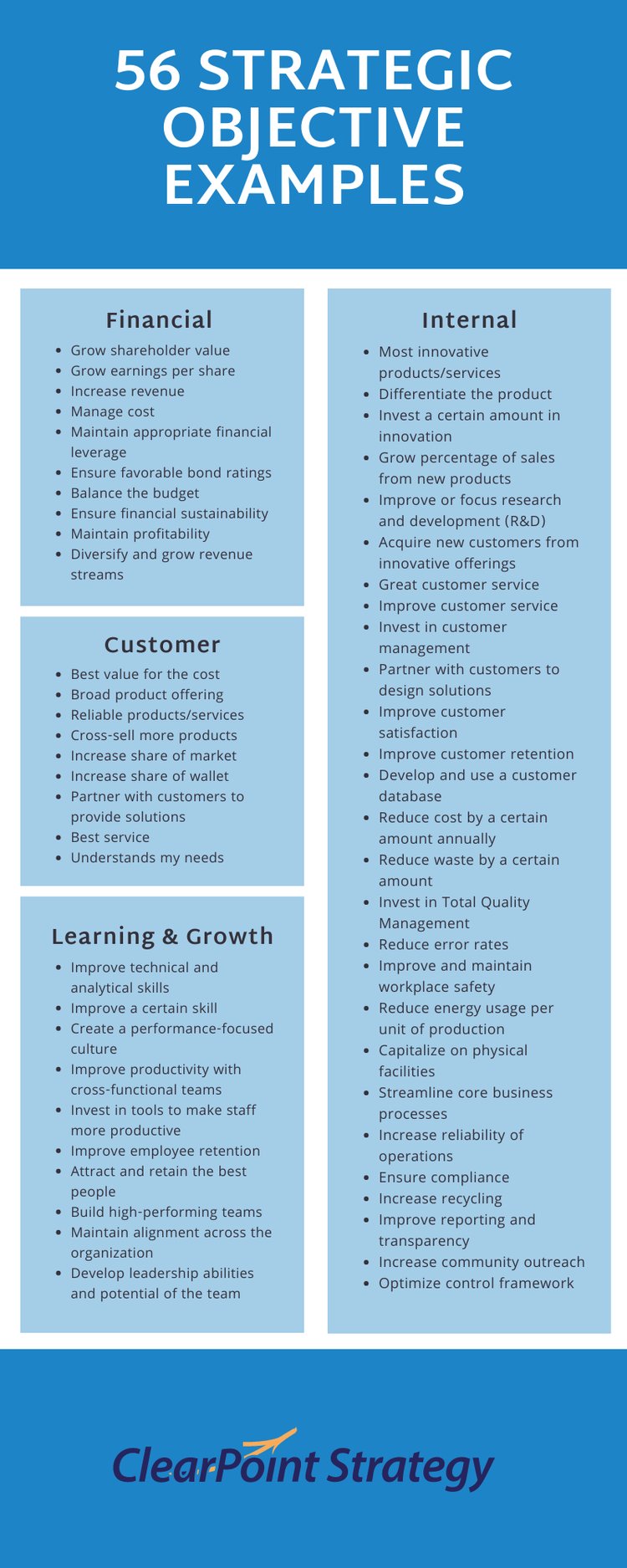



56 Strategic Objective Examples For Your Company To Copy Clearpoint Strategy




Aggregate Planning Strategy Organization Levels System Examples Model Type Company System
• The objective of capacity management (ie, planning and control of capacity) is to match the level of operations to the level of demand • Capacity planning is to be carried out keeping in mind future growth and expansion plans, market trends, sales forecasting, etc • It is a simple task to plan the capacity in case of stable demand But in practice the demand will beUnder the chase strategy, production is varied as demand varies With the level strategy, production remains at a constant level in spite of demand variations The use of a chase strategy requires that a company have the ability to readily change its output level, which means that it must be able to readily change its capacity In some industries where labor is the major determinant ofExample, we have found it helpful to introduce the concept of risk capacity An organisation's risk capacity is the maximum amount of risk that it can assume This is an important concept because risk appetite must be set at a level within the capacity limit Capacity needs to be considered before appetite Stakeholder views will differ on the
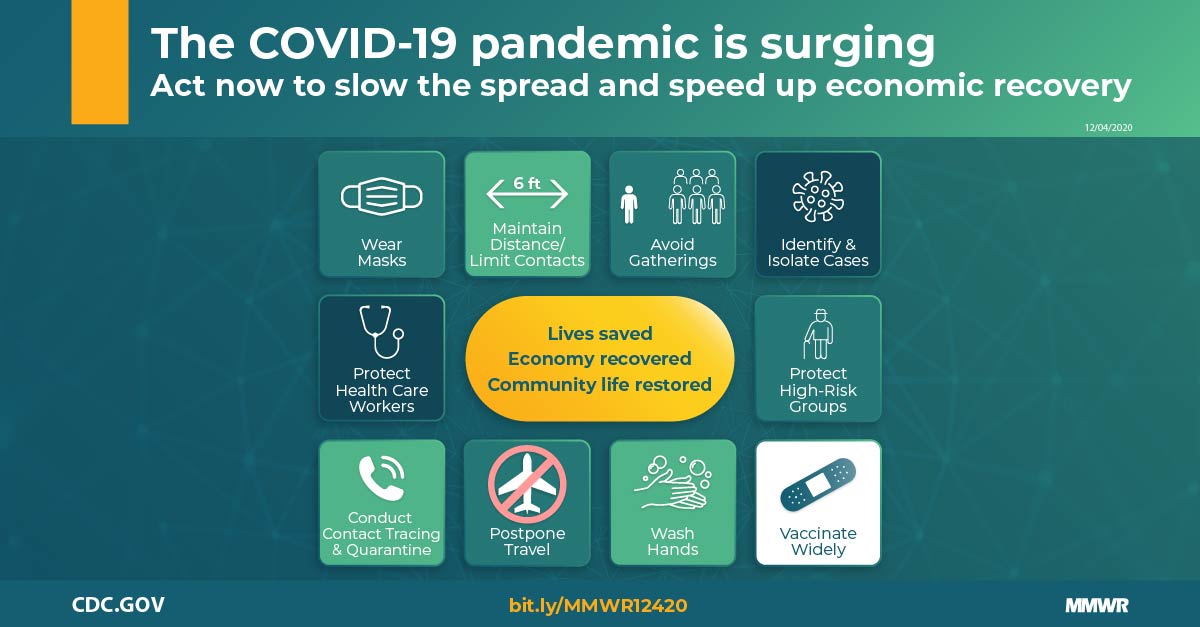



Summary Of Guidance For Public Health Strategies To Address High Levels Of Community Transmission Of Sars Cov 2 And Related Deaths December Mmwr




Strategy Under Uncertainty
Analysis of Capacity 4 4 Growth Response STRATEGY 6 5 Cost/Budget Management 7 6 Compliance Related Planning 7 Appendix A Capacity Plan Approval 8 APPENDIX B REFERENCES 9 APPENDIX C KEY TERMS 10 Introduction Purpose of Capacity Plan Provide the purpose of the capacity plan For example Capacity planning is an important part of infrastructure and deployment planning A capacity Level capacity strategy When an organization adopts the level capacity strategy then it manufactures at a constant output rate It does not consider any fluctuation or change in the level of demand What is effective capacity? The lag strategy only expands capacity when present capacity is fully used Both have a high risk of not providing required capacity The match strategy closely tracks capacity use and incrementally increases capacity as needed Ensuring Capacity Availability One of the main advantages of the match strategy for capacity planning is that it ensures the availability of sufficient capacity




Long Term Capacity Management Linking The Perspectives From Manufacturing Strategy And Sales And Operations Planning Sciencedirect
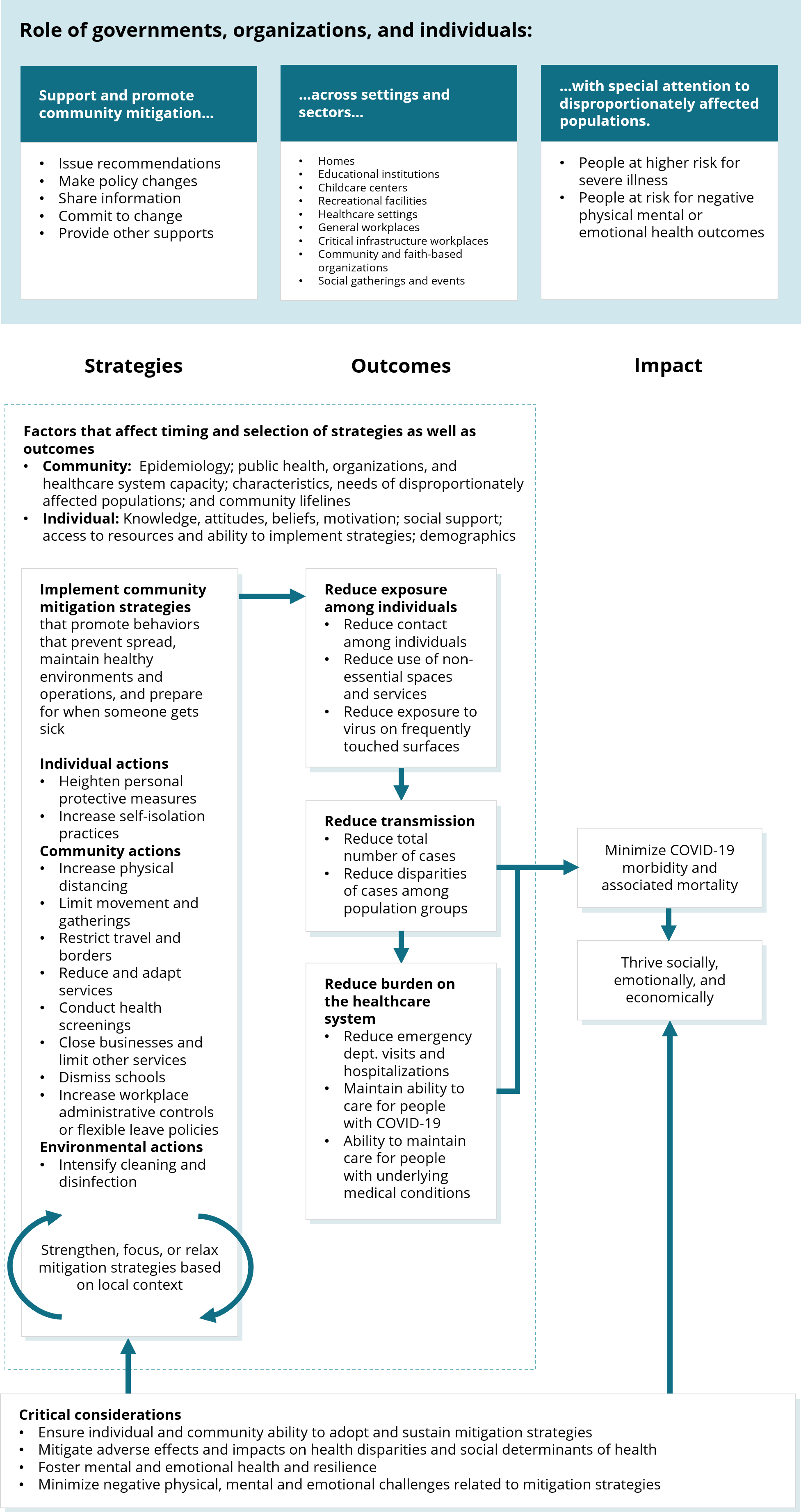



An Approach For Monitoring And Evaluating Community Mitigation Strategies For Covid 19 Cdc
Production Make changes to existing infrastructure;Useful and includes good practice examples of CB which illustrate the richness and complexity of the process However "capacity building is a risky, messy business, with unpredictable and unquantifiable outcomes, uncertain methodologies, contested objectives, many unintended consequences, little credit to its champions and long time lags" (Morgan, 1998, p6) This NoteFigure Level Capacity Plan Figure shows the level capacity plan of a company manufacturing a product on produce to stock and sell basis In the first quarter aggregate demand is less than production and inventory builds up till the end of the First Quarters in the second third and fourth quarters are inventory levels Decline because production is less than the aggregate demand In
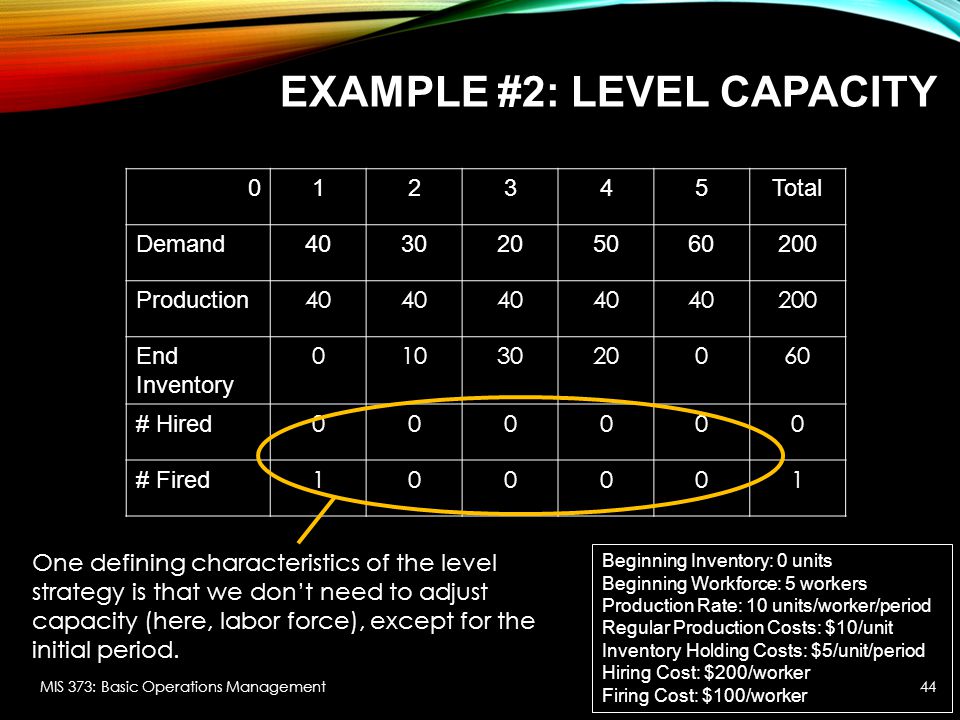



Aggregate Planning Chapter 11 Mis 373 Basic Operations Management Ppt Download
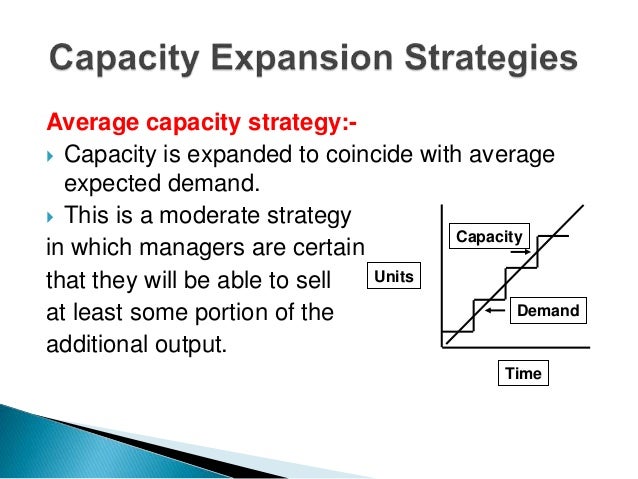



Capacity Management
√100以上 level capacity strategy example 2144Level capacity strategy example For example, let's say you run a flower shop like The Little Posy Co, and Valentine's Day is your busiest time of the year You would use capacity planning to determine if you need to hire more employees, bring on seasonal workers, or A firm should tend toward a levelcapacity strategy, particularly in 3 Hybrid strategy for an aggregate planning As the name indicates, the Hybrid strategy is an integration of both level and chase strategies to get a better result It maintains a sufficient balance between stock level, recruiting, termination and production rate In the hybrid strategy of aggregate planning, the organizations build up√100以上 level capacity strategy example In order to use the level capacity strategy 11 A level capacity strategy is also known as a chase demand strategy Level and chase strategies are opposite approaches 12 An advantage of a "chase" strategy for aggregate planning is that inventories can be kept relatively low The chase strategy keeps inventories low 13 Linear
.PNG)



Process Landscape Aris Bpm Community
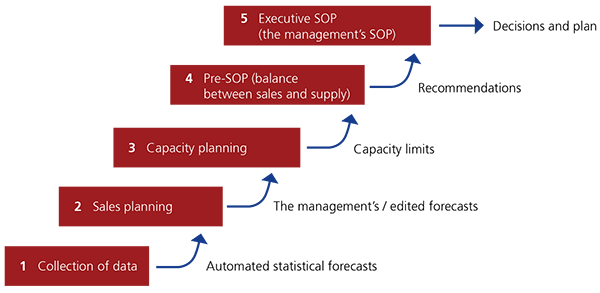



Sales And Operations Planning Relex Solutions
Aggregate capacity is the total amount of capacity required or available to carry out a function It also tells about the 3 best strategies for aggregate planningThey are level strategy, Chase strategy and hybrid strategy




Everything About Capacity Planning Strategies Its Benefits
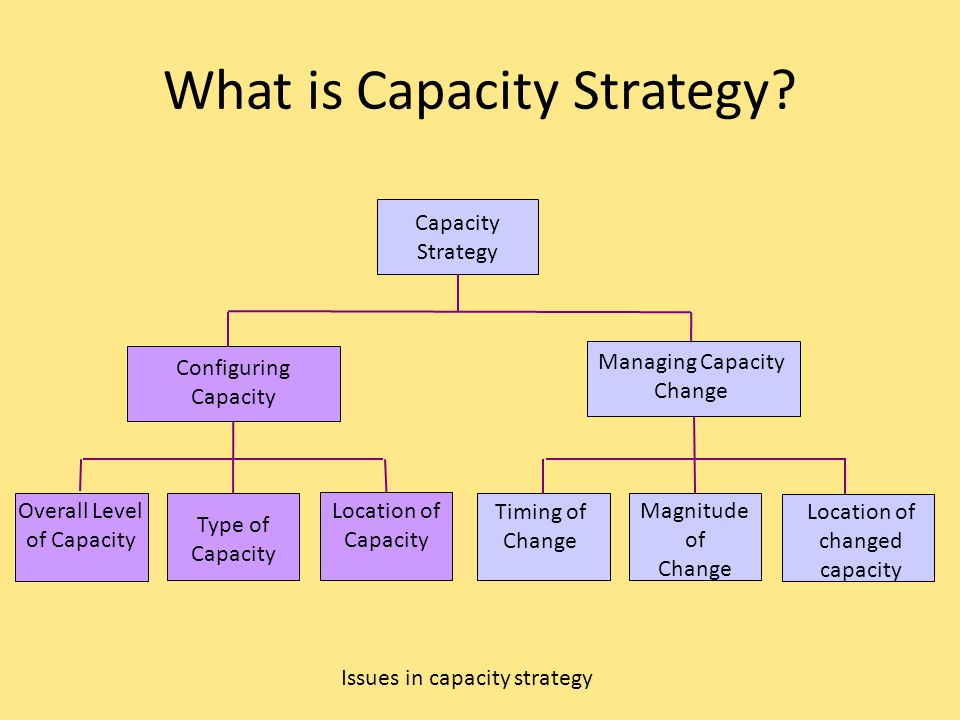



Operations Strategy Capacity Strategy Ppt Video Online Download
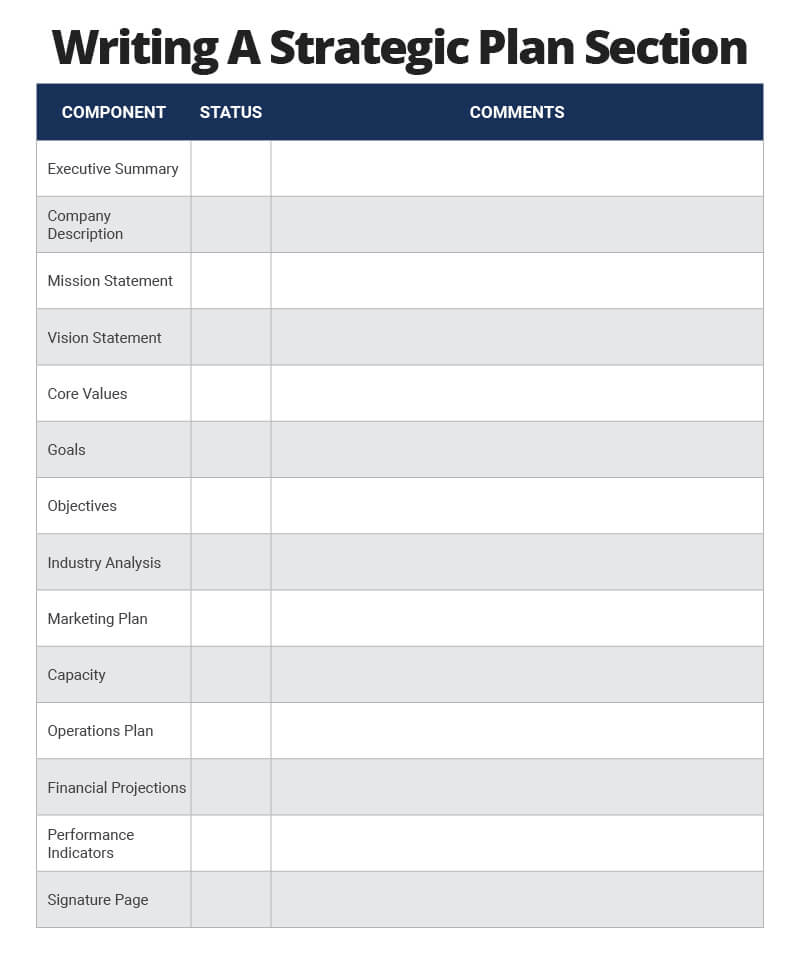



Quick Guide How To Write A Strategic Plan Smartsheet




Slides For Chapter 10 Strategic Capacity Honda On July 18 Announced Two New Plants In Argentina Honda Will Spend 100 Million On A New Compact Car Ppt Download




Tor Wateraid




Demand And Capacity Management Decision Steps Download Scientific Diagram




Capacity Planning 3 Methods How To Implement Them Optimoroute




Capacity Planning 3 Methods How To Implement Them Optimoroute




Institutional Capacity For Designing And Implementing Agricultural And Rural Development Policies And Strategies In Nigeria Ifpri Publications Repository Ifpri Knowledge Collections
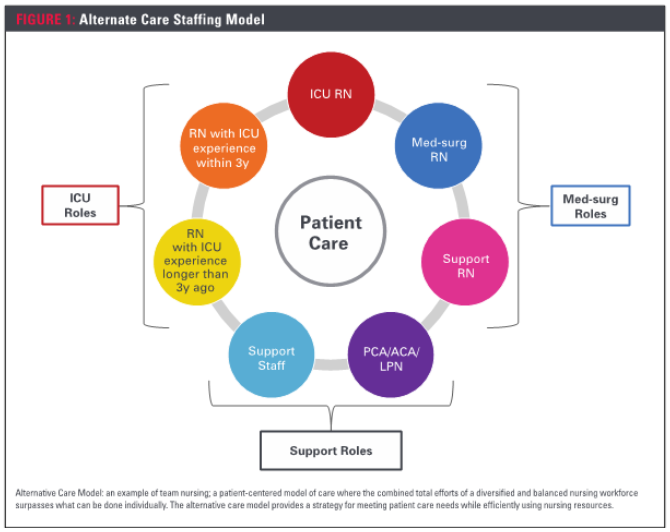



Building Capacity In A Pandemic An Alternate Staffing Model Aonl




Solved When Using A Level Capacity Strategy Or Level Chegg Com
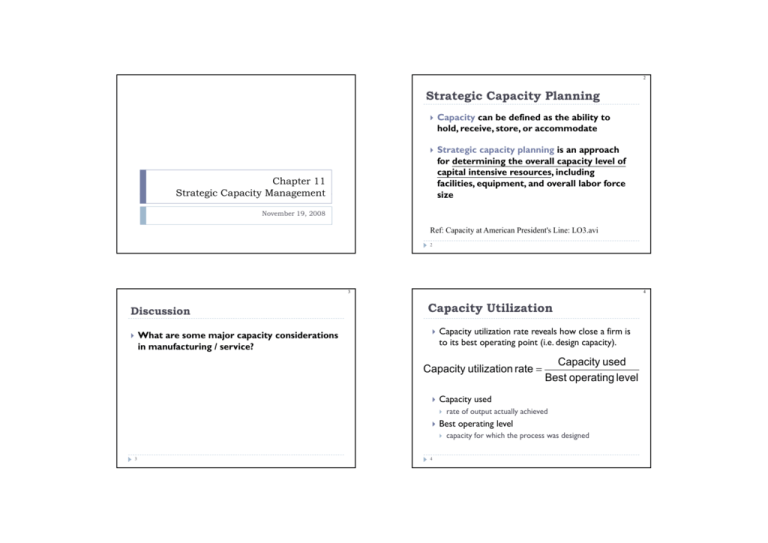



Strategic Capacity Planning Capacity Utilization




3 Types Of Capacity Planning Strategies Valq




The Four Perspectives Of The Balanced Scorecard Balanced Scorecard Institute




Capacity Planning Meaning Strategies Importance And Procedure




Network Based Social Capital And Capacity Building Programs An Example From Ethiopia Topic Of Research Paper In Sociology Download Scholarly Article Pdf And Read For Free On Cyberleninka Open Science Hub




Example Ocat Alat Za Proveru Kapaciteta Organizacija Civilnog Drustva Business Analysis Change Management Assessment Tools




Maintenance Capacity Planning Ppt Video Online Download




How To Implement Business Capacity Planning Strategies Steps
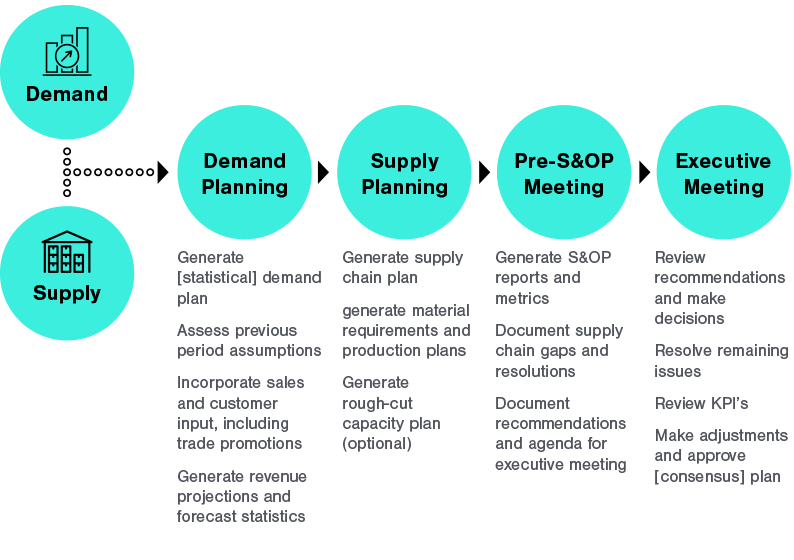



Implementing A Sales Operations Planning S Op Process Plex Demandcaster
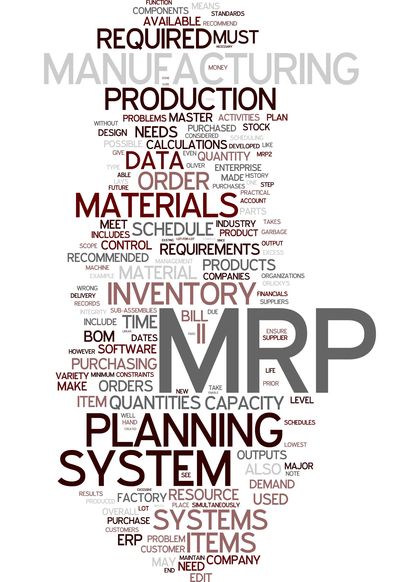



Capacity Planning Organization System Examples Definition System Long Term Capacity Planning




Everything About Capacity Planning Strategies Its Benefits
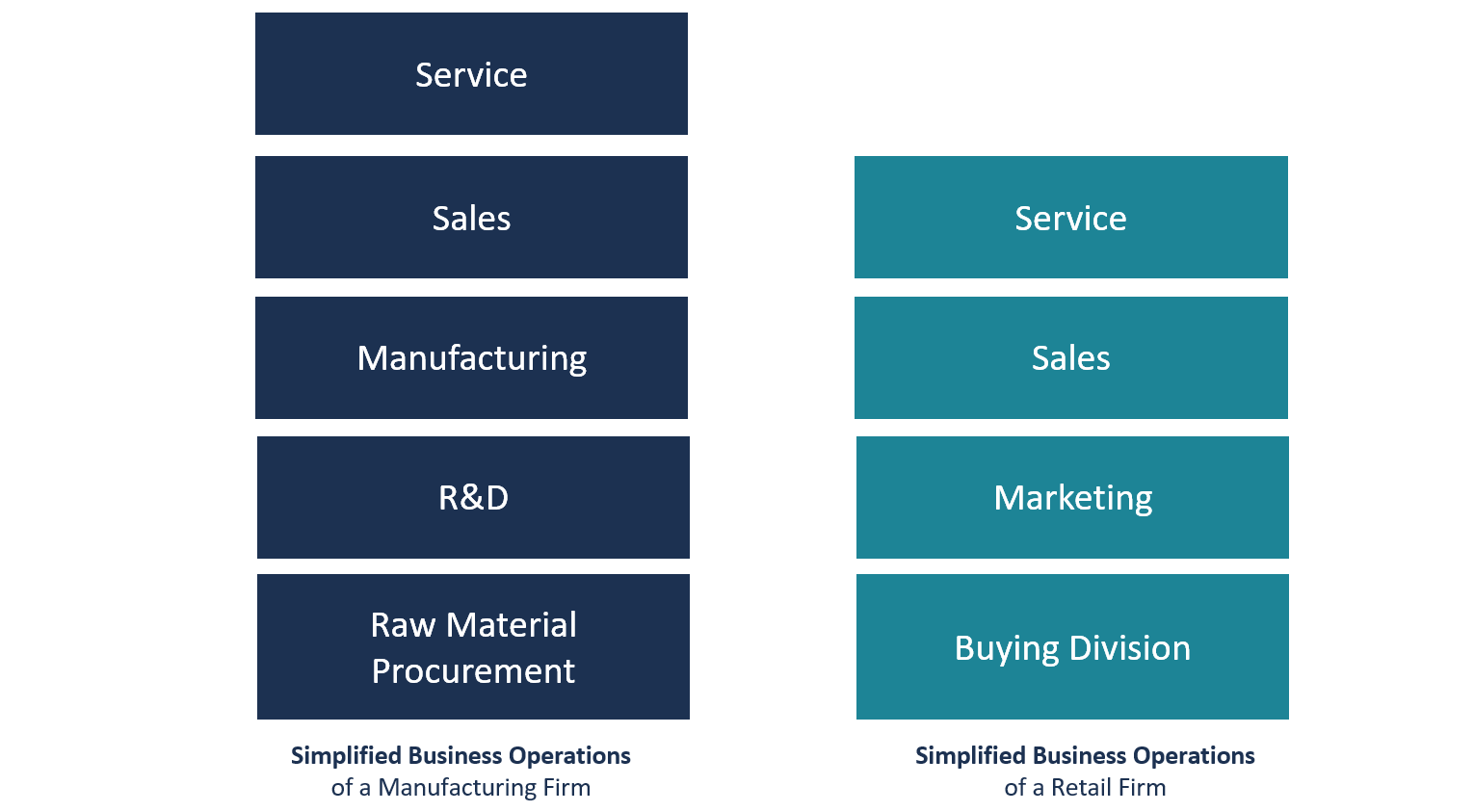



Business Operations Overview Examples How To Improve
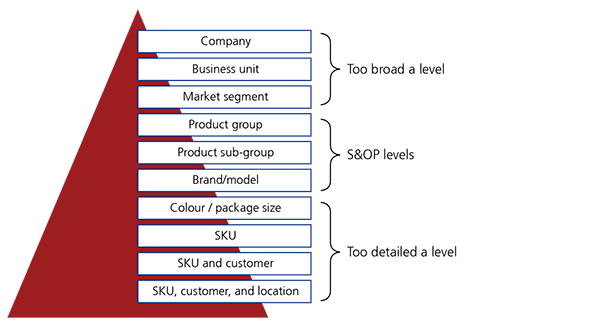



Sales And Operations Planning Relex Solutions




Strategy Under Uncertainty
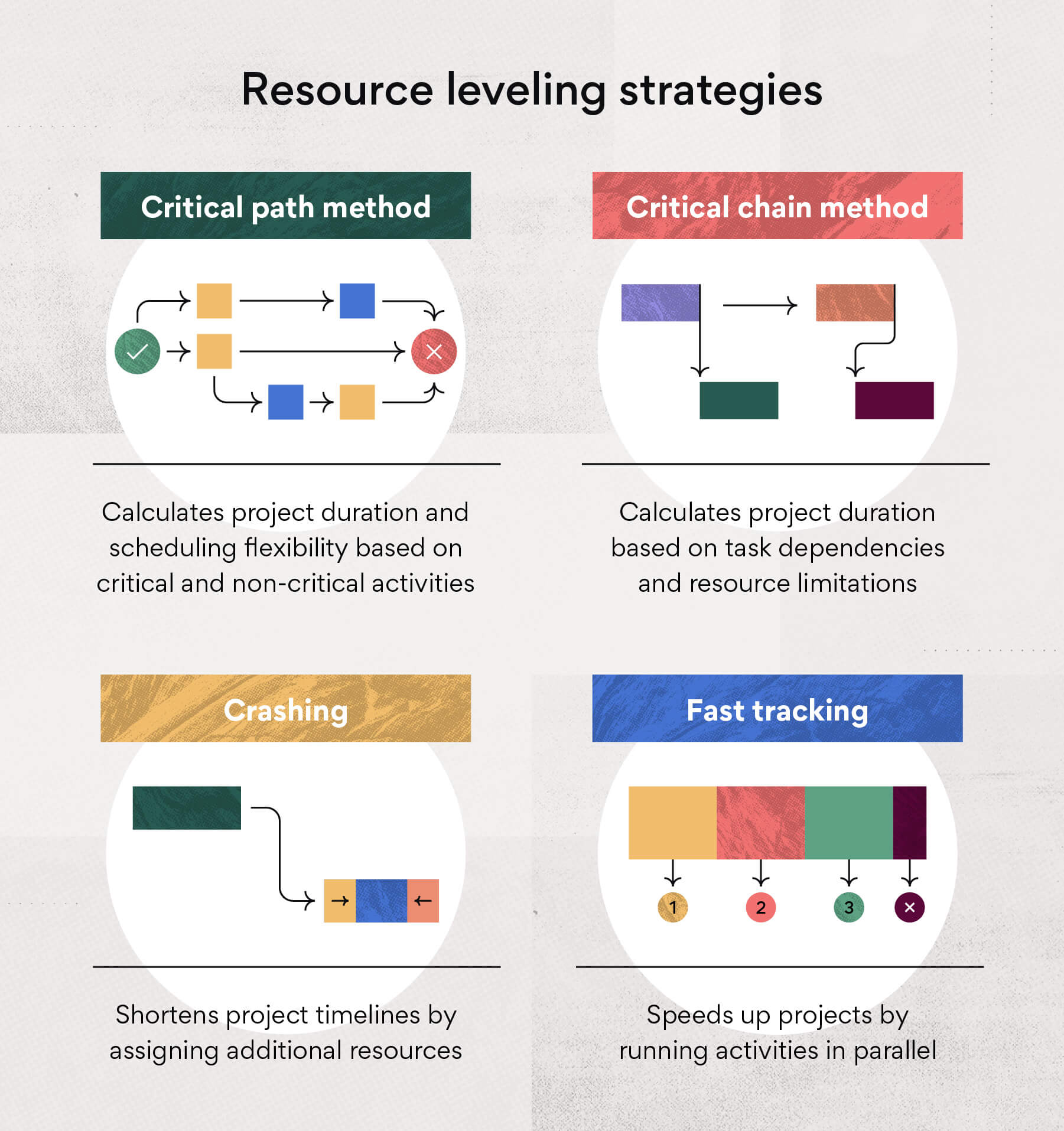



What Is Resource Leveling Techniques And Examples Asana




Strategic Themes Scaled Agile Framework
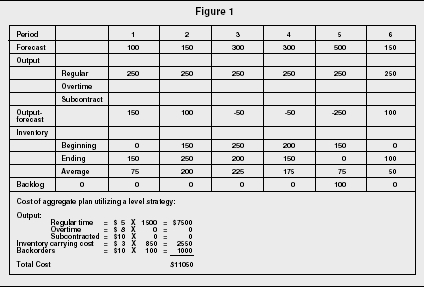



Aggregate Planning Strategy Organization Levels System Examples Model Type Company System
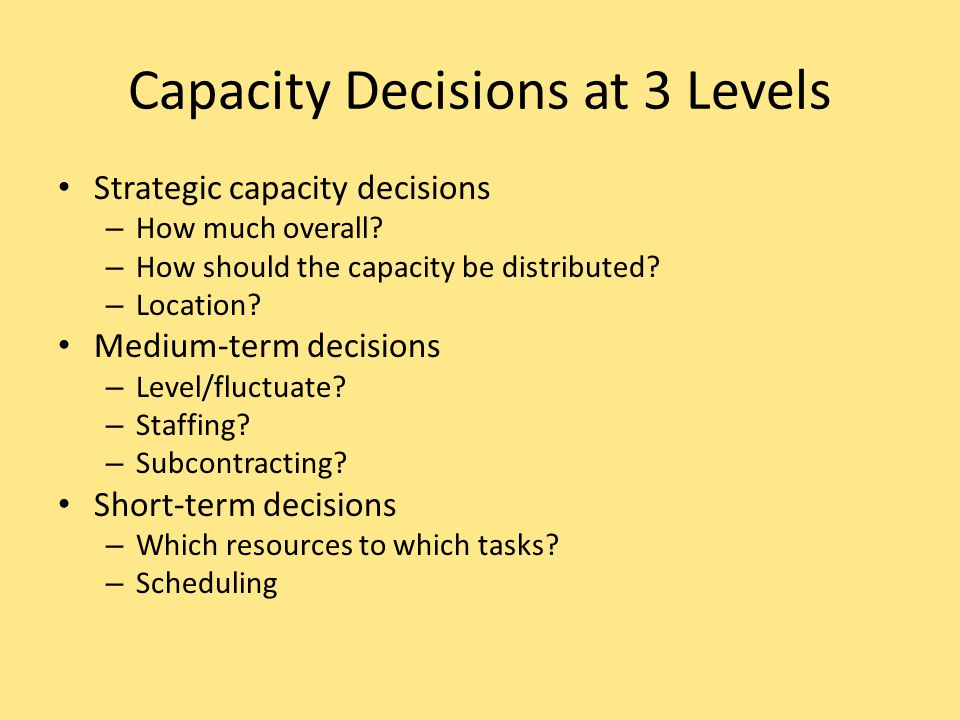



Operations Strategy Capacity Strategy Ppt Video Online Download




Workclout 3 Case Studies Examples Of Capacity Planning




Capacity Planning And Control Ppt Download
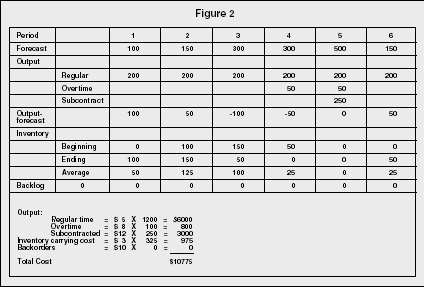



Aggregate Planning Strategy Organization Levels System Examples Model Type Company System




nqixyzvrytxm




4 Steps To Strategic Human Resource Planning Lucidchart




Capacity Planning Meaning Strategies Importance And Procedure




Taking Supplier Collaboration To The Next Level Mckinsey
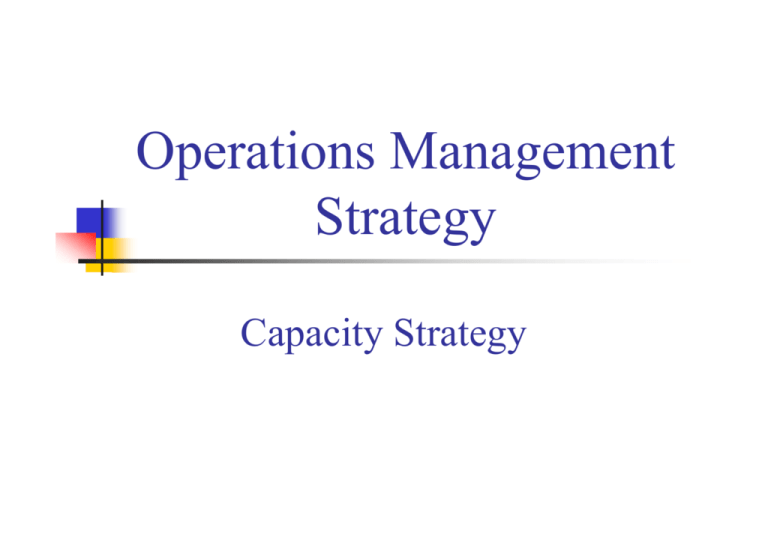



4 Capacity Strategy




Doc Capacity Planning Richa Verma Academia Edu




Subject 3 Capacity Management Subject 3 Gt Capacity Management 3 1 Capacity Management In Studocu




What Is Resource Leveling Techniques And Examples Asana




Itil Capacity Management Bmc Software Blogs




What Is Resource Management And Why Is It Important Planview
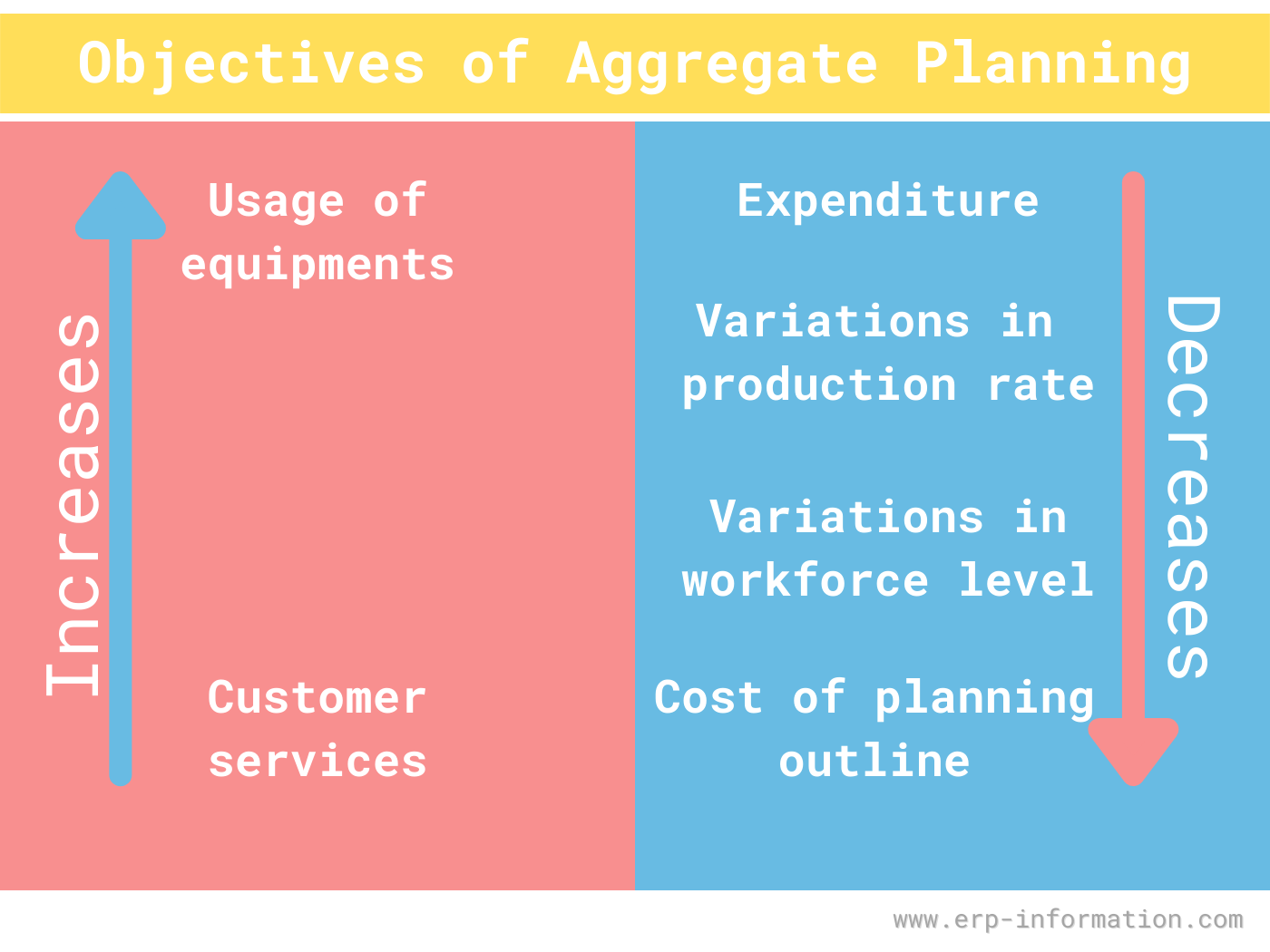



What Is Aggregate Planning 3 Strategies For Aggregate Production Planning




Fast Track Strategic Planning For Nonprofits Nonprofit Essentials



Master Production Schedule
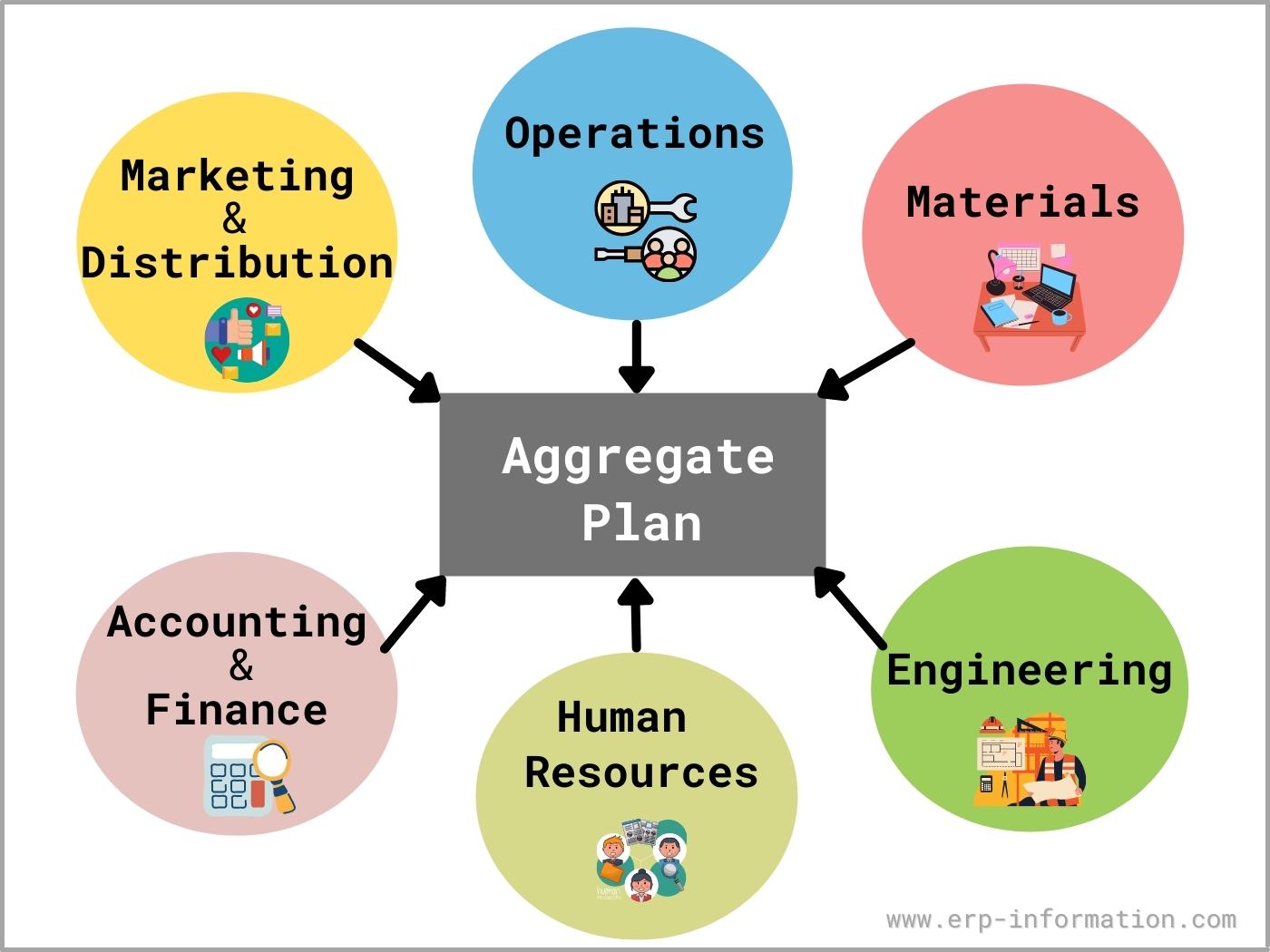



What Is Aggregate Planning 3 Strategies For Aggregate Production Planning




Basic Strategies Level Capacity Strategy Chase Demand Strategy Ppt Download




Capacity Planning Types Lead Lag Average Strategies Video Lesson Transcript Study Com




Capacity Utilization Manufacturing Kpi Examples Sisense



3




3 Types Of Capacity Planning Strategies Valq




Aggregate Capacity Planning Pdf Free Download



3




Capacity Planning Everything You Need To Know Clicktime
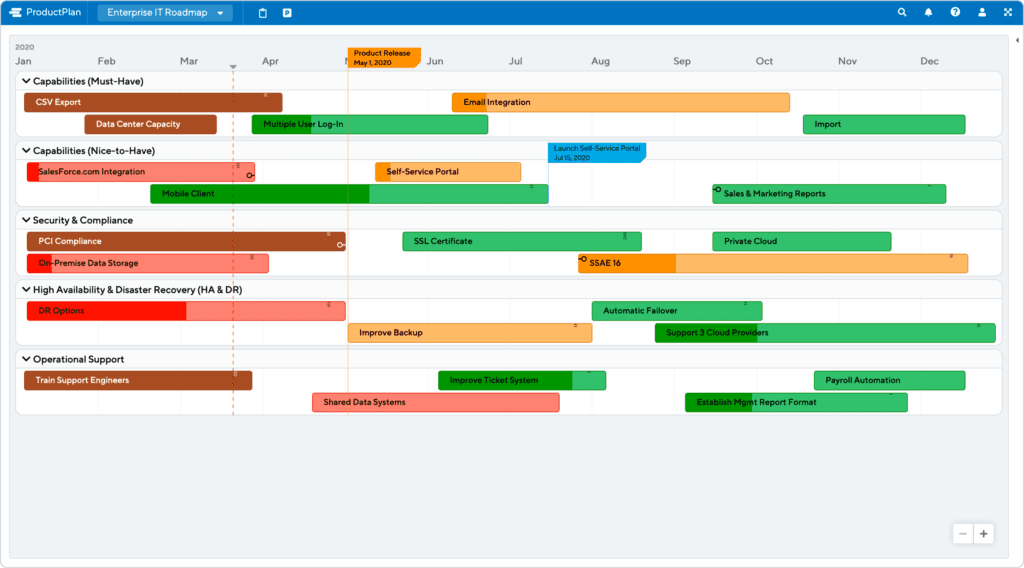



What Is An It Roadmap Benefits And Roadmap Examples



Is Muni Cz




3 Types Of Capacity Planning Strategies Valq



1
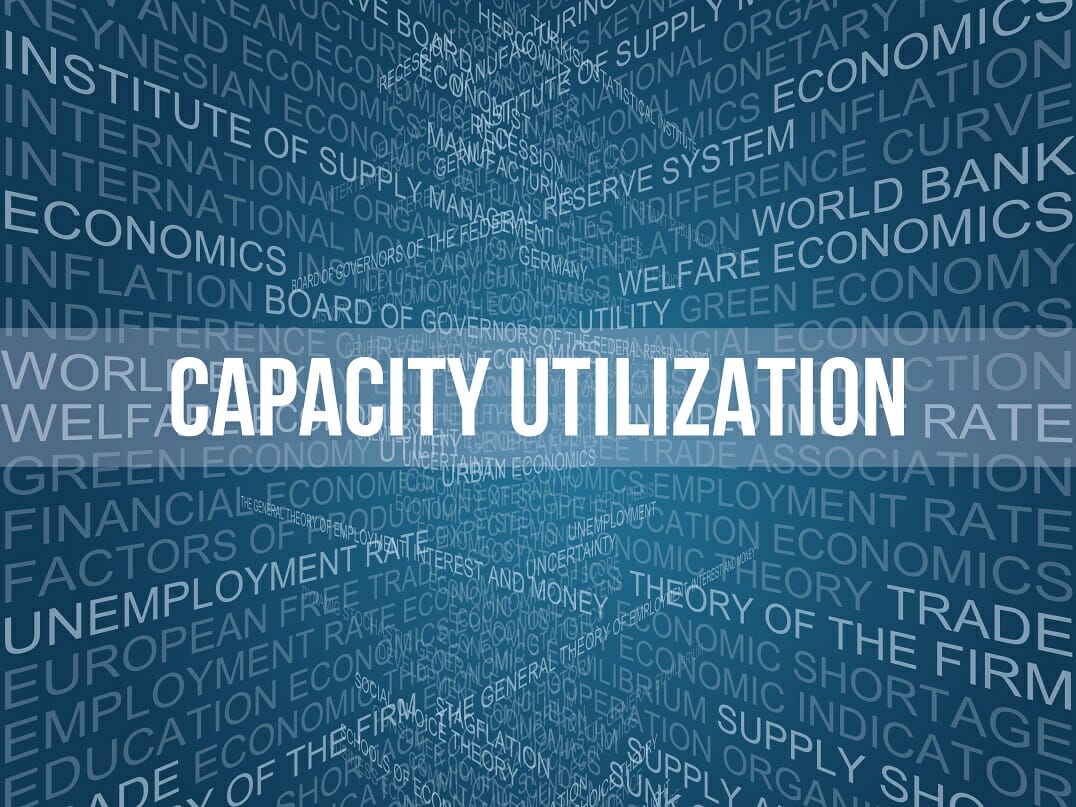



Capacity Utilization Definition Example And Economic Significance
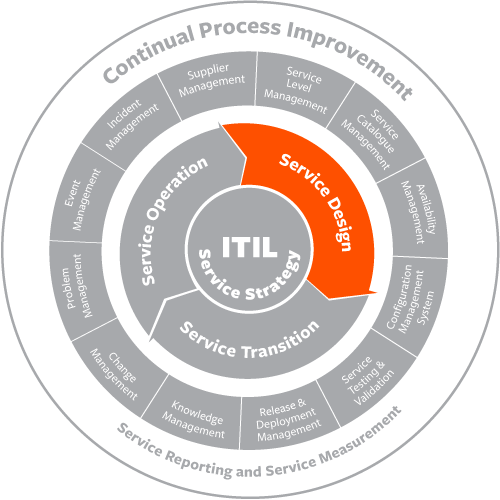



Itil Capacity Management Bmc Software Blogs




How To Implement Business Capacity Planning Strategies Steps




Lecture 4 Operations Strategy Lecture 4 Operations Strategy Klps Define The Term Operations Studocu




Capacity Planning Everything You Need To Know Clicktime




Capacity Planning Everything You Need To Know Clicktime



Capacity Planning 3 Methods How To Implement Them Optimoroute
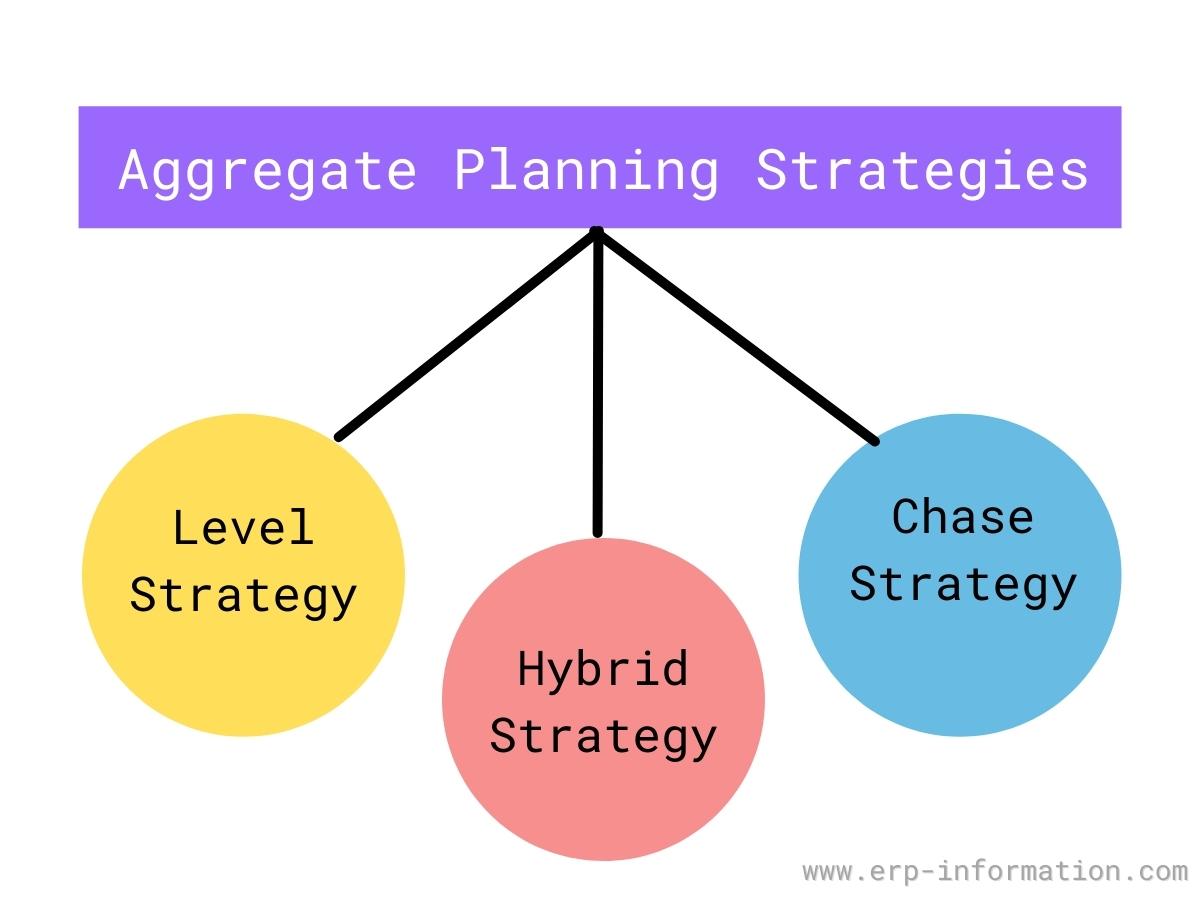



What Is Aggregate Planning 3 Strategies For Aggregate Production Planning




Capacity Planning 3 Methods How To Implement Them Optimoroute




Bus300 Strategic Capacity Planning For Products And Services Saylor Academy




How To Implement Business Capacity Planning Strategies Steps
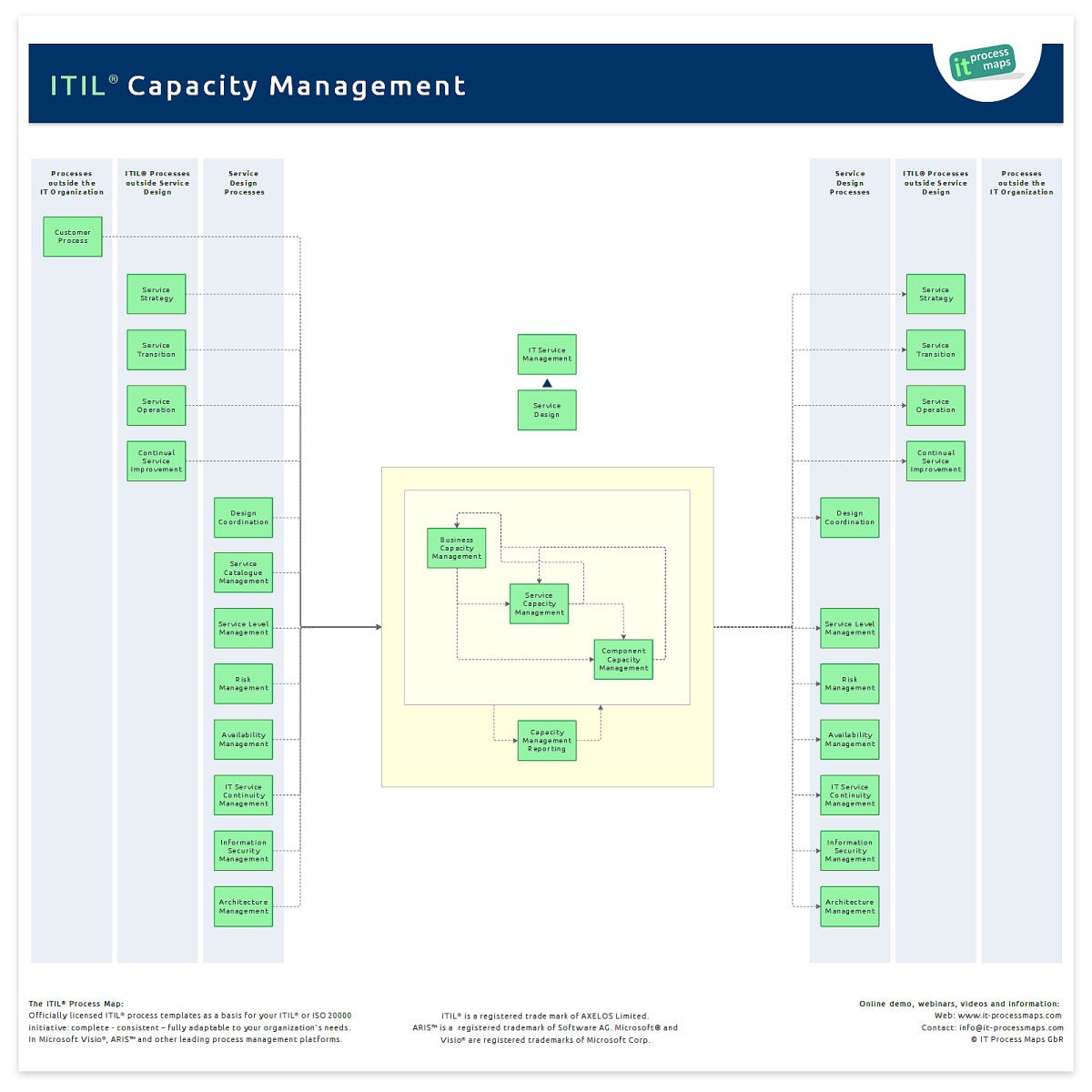



Capacity Management It Process Wiki
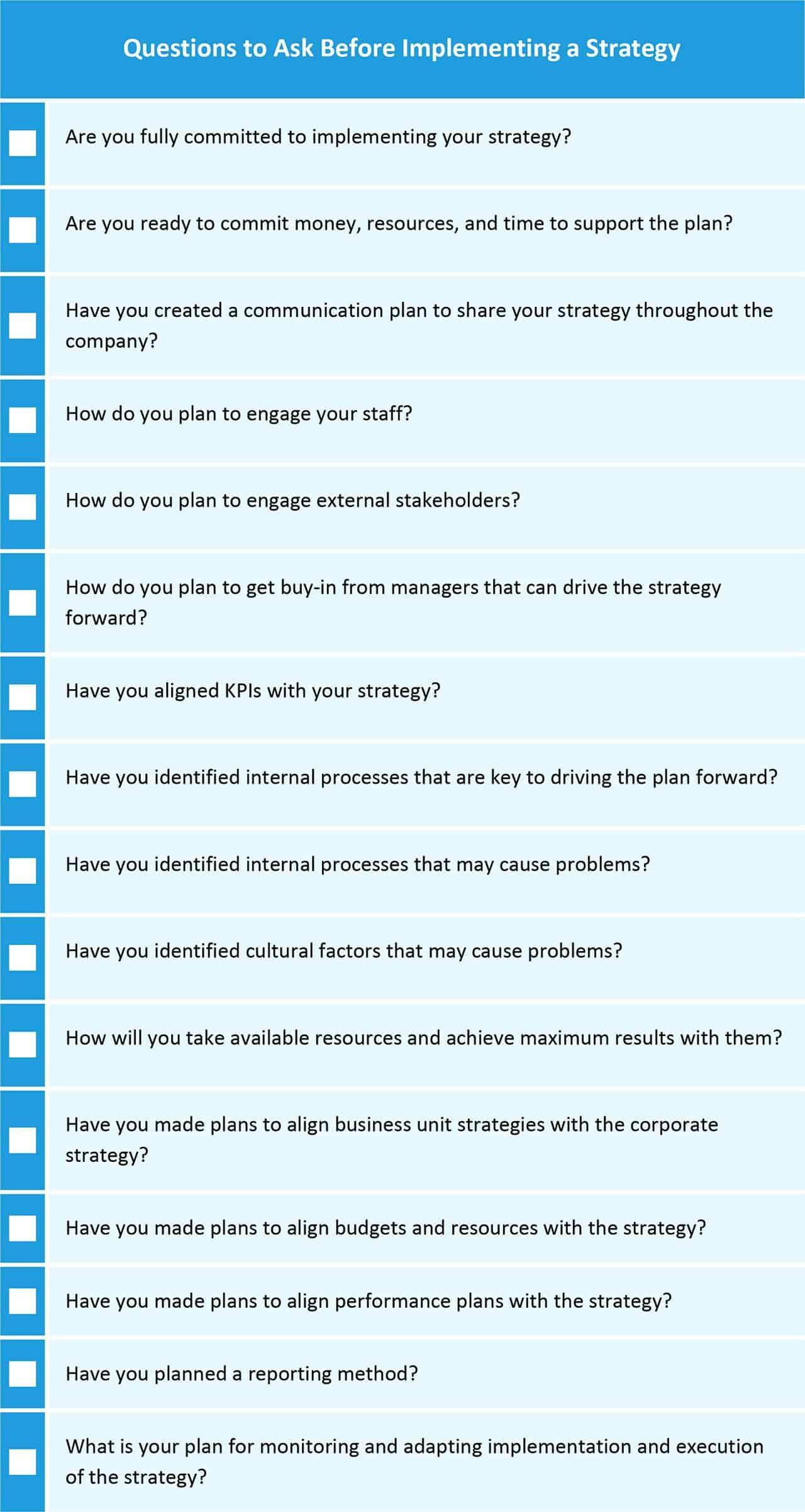



Complete Guide To Strategic Implementation Smartsheet
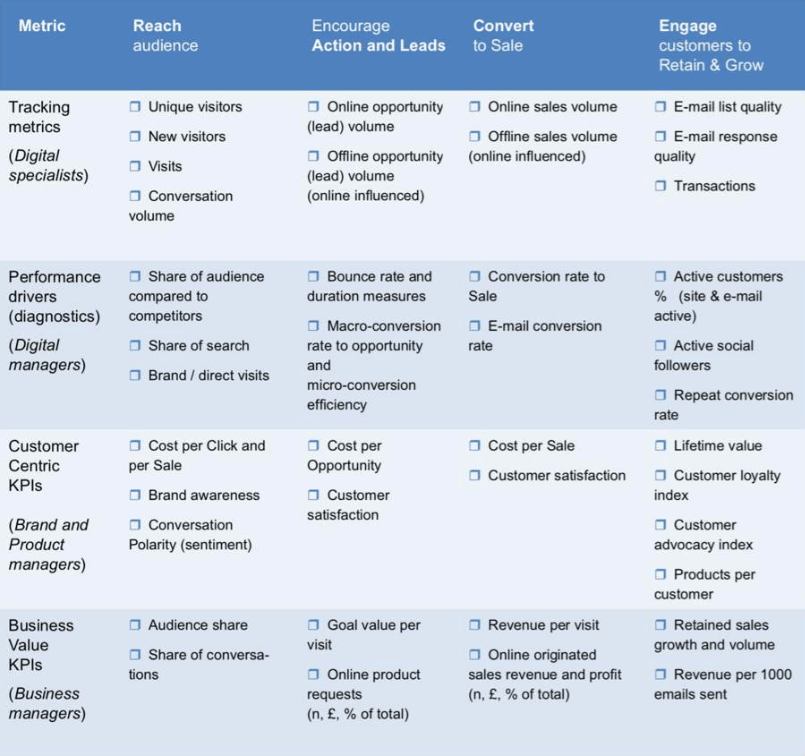



Strategic Analysis Your Ultimate Guide Marketing Templates




Capacity Strategy Pdf Economies Of Scale Strategic Management




3 Types Of Capacity Planning Strategies Valq
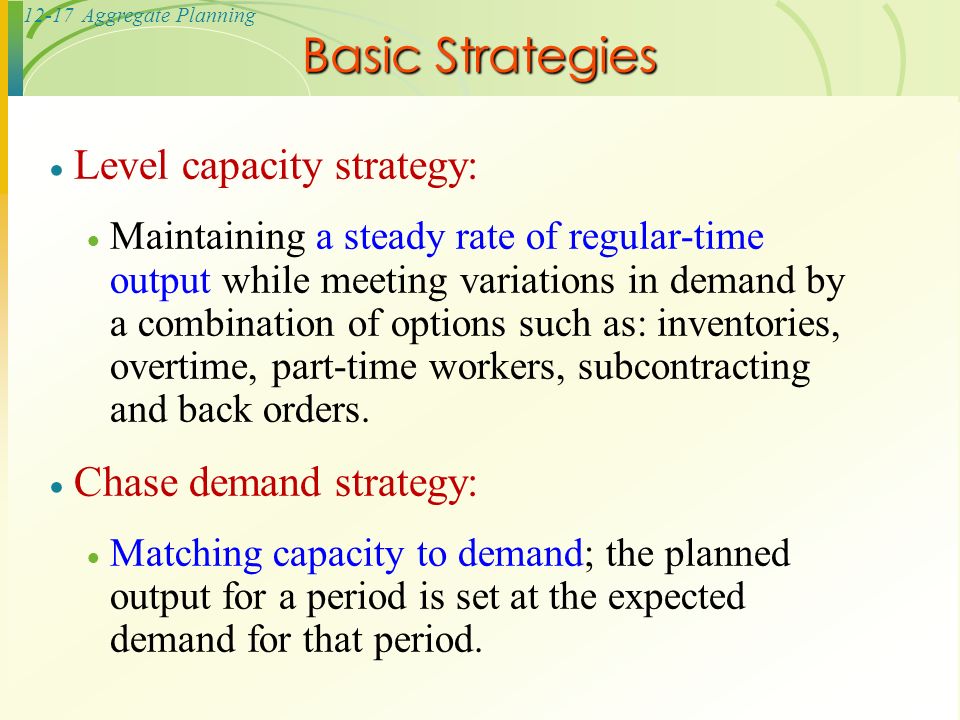



Operations Management Ppt Video Online Download
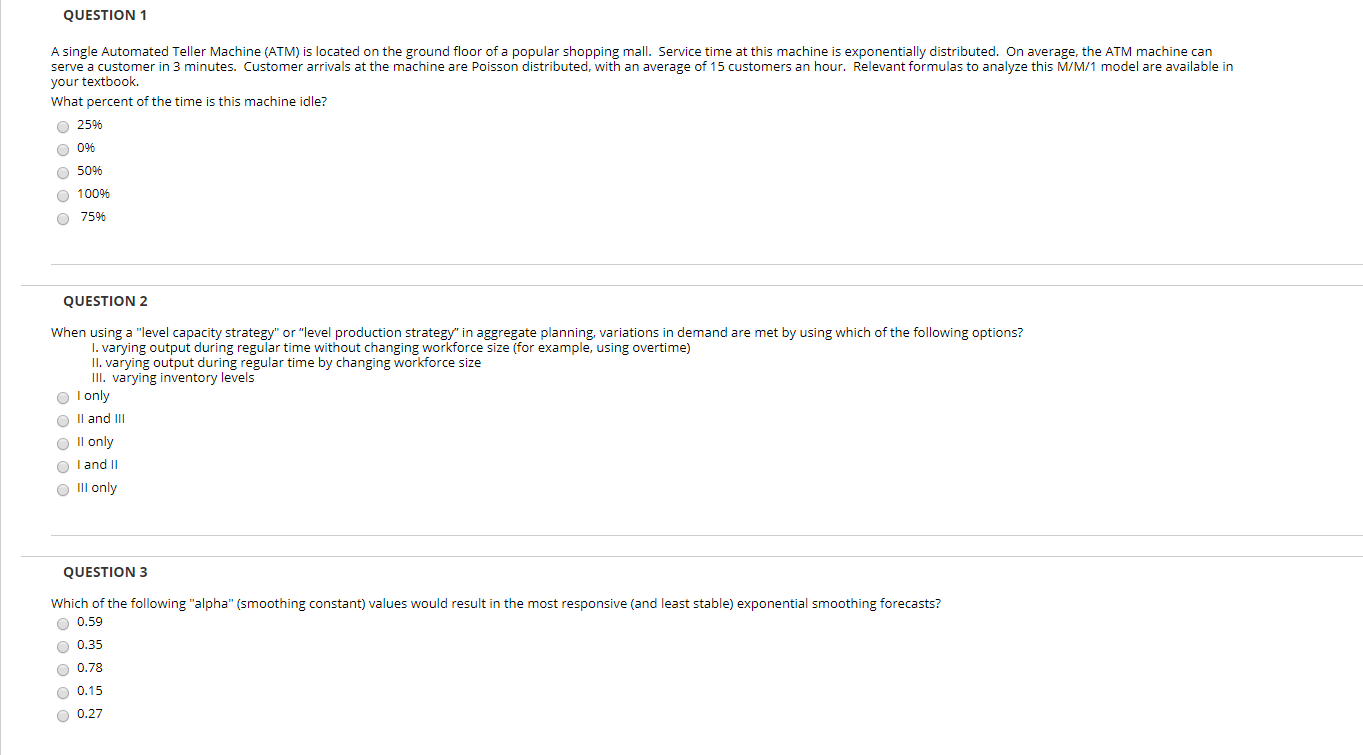



Question 1 A Single Automated Teller Machine Atm Is Chegg Com



1
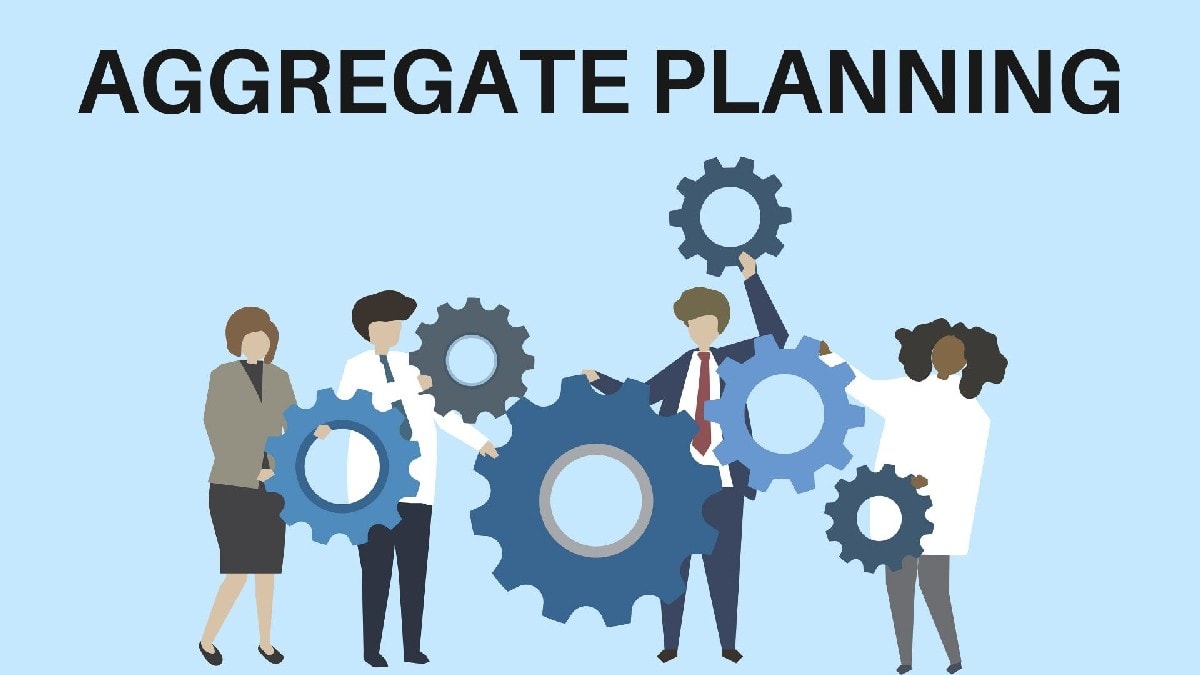



Aggregate Planning Definition Importance Strategies Management And Advantages



0 件のコメント:
コメントを投稿